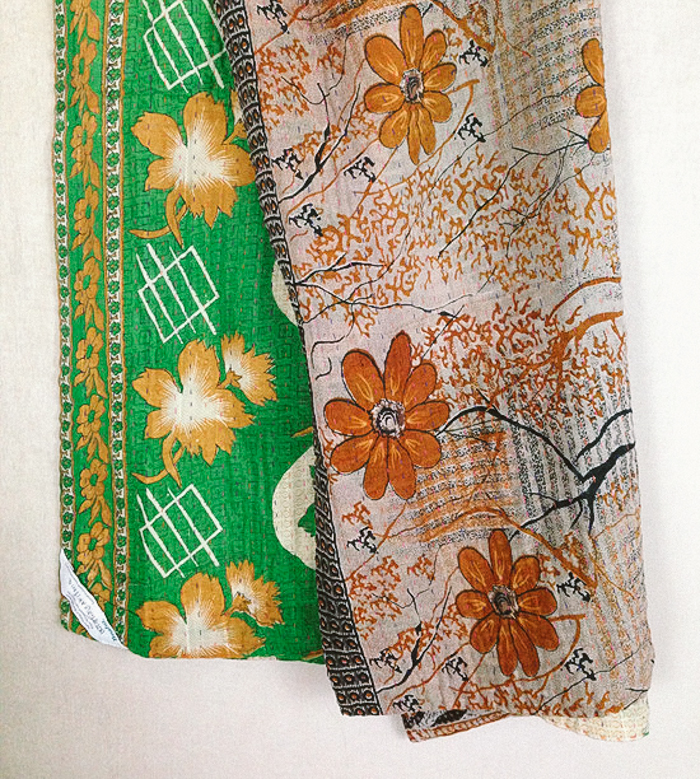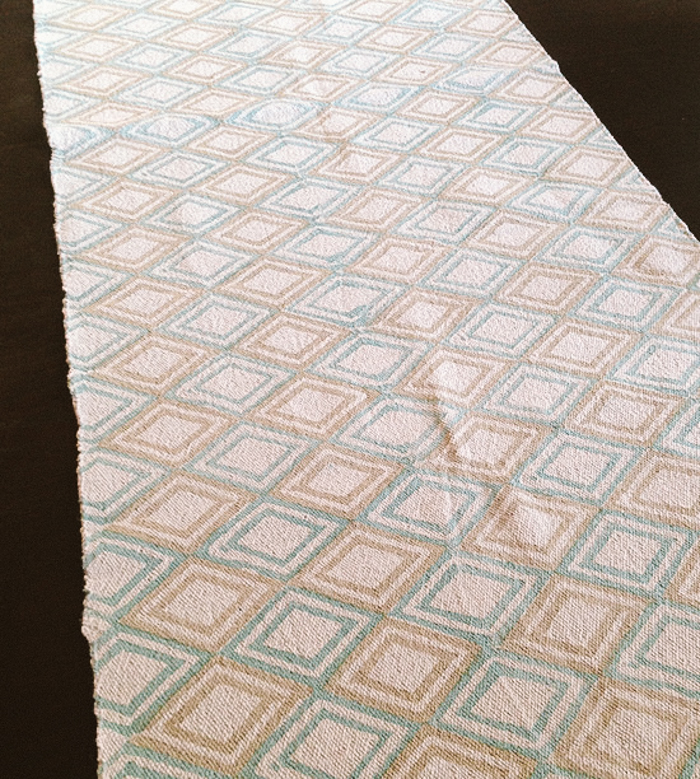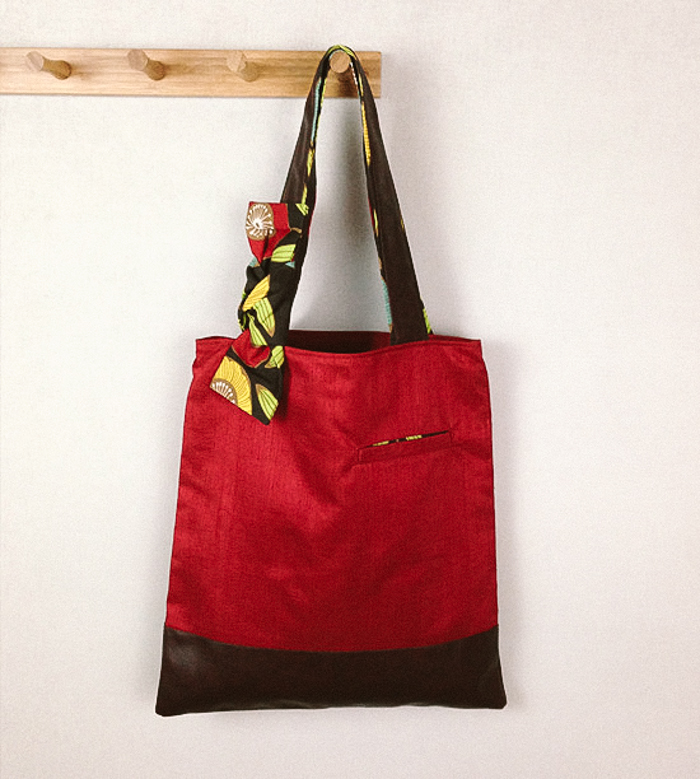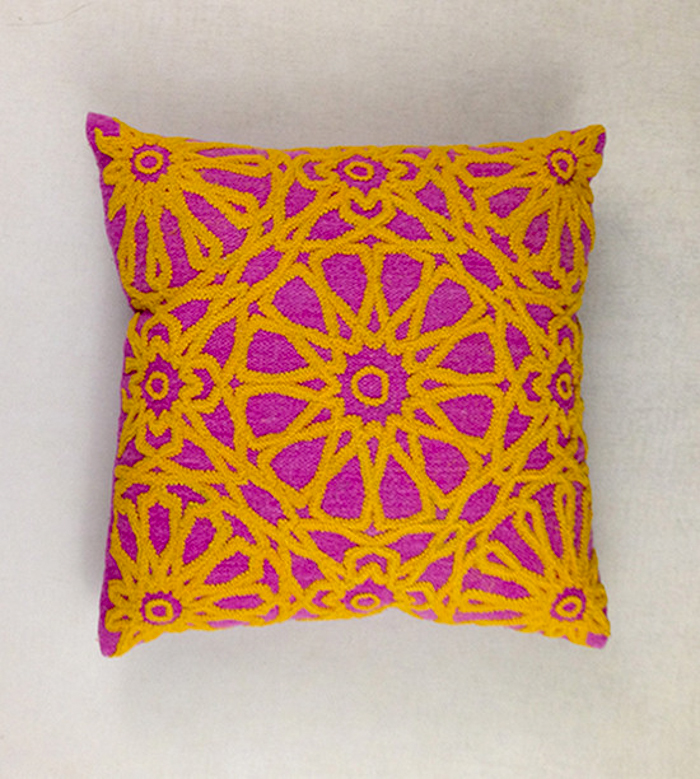Artisan Designs And Their Beautiful Traditions
For a special edition of Conscious World, we want to introduce you to the beauty of International arts and culture revealed through fabrics, stitching, patterns, textiles, colors, and more with help from American Nomad.
One of the most remarkable aspects of our world are traditions as they offer us a glimpse into the everyday lives lived across the world by lending us their story, their ideals, their history, and even their future. Through traditions, we can discover beauty and creativity, and in return, we’re rewarded with inspiration. Traditions also teach us, allow us to explore, and (even for just a moment) connect us to another part of the world.
Read on to discover 5 beautiful traditions revealed through artisan designs.
01 | ETHIOPIA
Tradition: Woven Textiles

Cotton has been grown and used in Ethiopia since ancient times and hand spinning and weaving of cotton plays a central role in cultural life. An indigenous material to Ethiopia, cotton became a creative way for individuals to bring color to their every day lives. Ranging from light and gauzy to wool-like textures, Ethiopian weavers use handlooms to create a variety of textiles such as towels, scarves, wraps, and traditional clothing such as gabi, netela, kuta and qemis.
Photo: The Orange Nile Handtowel by Woven Promises is made of hand-spun and hand-dyed Ethiopian cotton. Woven Promises’ mission is to create economic partnerships through support of entrepreneurial efforts of talented, economically struggling people in Ethiopia.
02 | BANGLADESH
Tradition: Nakshi Kantha or embroidered quilt
 A tradition of Bangladesh dating back to medieval times, a kantha is typically made from repurposed cotton saris, dhoti and lungi that are sewn together with threads from the sari using a simple running stitch. Most kanthas were made by literate women who would stitch stories onto their quilts, however over time they became a tradition of poorer women who sought to make beautiful gifts for loved ones from discarded materials.
A tradition of Bangladesh dating back to medieval times, a kantha is typically made from repurposed cotton saris, dhoti and lungi that are sewn together with threads from the sari using a simple running stitch. Most kanthas were made by literate women who would stitch stories onto their quilts, however over time they became a tradition of poorer women who sought to make beautiful gifts for loved ones from discarded materials.
In Bangladesh, old cloth is said to keep loved-ones safe from harm and are often made by expectant mothers to swaddle their newborns heralding good fortune and protection. Each kantha is one-of-a-kind.
Photo: The kantha above was handcrafted by women of the co-op Basha in Bangladesh
In Bengali, basha means “house” and asha means “hope.” Basha opened in 2011 and provides dignified work for women in Dhaka, Bangladesh who were rescued from human trafficking.
03 | INDIA
Tradition: Hand Blocked Textiles

Woodblock printing is the process of printing patterns on textiles, usually of linen, cotton or silk, by means of incised wooden blocks. Block printing by hand is a slow process, however, capable of yielding highly artistic results, some of which are unobtainable by any other method. India has been renowned for its printed and dyed cotton cloth since the 12th century and the creative processes flourished as the fabric received royal patronage.
Records show that as far back as the 12th century, several centers in the south, on the western and eastern coasts of India became renowned for their excellent printed cotton. Tents were created from printed fabrics and became a necessary part of royal processions. Trade in cotton cloth is said to have existed between India and Babylon from Buddha’s time and printed and woven cloths traveled to Indonesia, Malaya and the Far East. India has been renowned for its printed and dyed cotton cloth and the creative processes flourished as the fabric received royal patronage. Though the earliest records mention the printing centers in the south, the craft seems to have been prevalent all over India.
Photo: The hand blocked Lucite Table Runner was handcrafted by artisans in Rajpur under JOYN.
Joyn, started in 2010 by Mel and Dave Murray in Rajpur, India, they strive to bring opportunity and give people the chance and the dignity to pull themselves out of poverty.
04 | CAMBODIA
Tradition: Silk Weaving
Cambodia was part of one of the original “Silk Road” trade routes between China and Europe and has a rich history in silk production dating back thousands of years. Carved drawings of women wearing traditional silk garments are depicted on Angkor Wat, one of Cambodia’s oldest temples dating back to the 12th century. During this time, silk was their main export to China. Looms were present in homes throughout Cambodia where women practice the art passed down from their mothers and grandmothers. However, their silk industry suffered crippling devastation during Khmer Rouge rule between 1975 and 1979. Orchestrating a massive genocide in Cambodia, they also destroyed the countries lush mulberry trees that were home to the silk worms.
While weaving has become more of a pastime than a viable source of income, the Cambodian government has begun making strides to try and preserve their weaving tradition, lowering the cost of silk and encouraging farmers to begin growing mulberry trees again.
Photo: Crimson Charly purse by La Vie Devant Soie, is handmade by deaf artisans in Cambodia.
La Vie Devant Soie, which means “life before silk” works for a fairer trade by training deaf individuals in Cambodia.
05 | PERU
Tradition: Weaving
Weaving is one of the oldest traditions in the world and has been an important part of Peruvian culture. For some, weaving is a form of identity. Weaving also embodies a wealth of traditional knowledge by understanding the techniques of spinning and weaving.
Weavers use locally-sourced fabrics like “alpaca, vicuna and sheep and the process starts with shearing the animals, washing the fibers, which then are spun into a fine yarn using a drop-spindle.” This then twists the fibers together to form yarn. They say that the spinning takes about 60% of the time involved in a finished product and that spinning is a fine art. The process continues with the yarn being plied and then naturally dyed. From there, the weaver will decide what designs and colors she will use for the finished product.
Photo: The Pink Rose Window Pillow by Jenny Krauss is handmade in Peru by artisans, this pillow is a true statement maker with unparalleled craftsmanship Founded in 2008, Jenny Krauss helps artisans in and around Ayachucho, Peru to maintain a steady income through the international sale of their work.
This article is sponsored by AMERICAN NOMAD
American Nomad’s mission is to embrace authentic style not only through the products they offer like apparel and home decor, but also in the way we travel through our daily lives.
Each item in their store is handmade by co-op artisans around the globe that work to rise above poverty, fight discrimination, or gain an education utilizing traditional art forms that are deeply rooted within each culture.
For more information, please refer to these resources:
01 | us.wow.com02 | Bangladesh News 04 | Kiva.org 05 | Epicure & Culture





